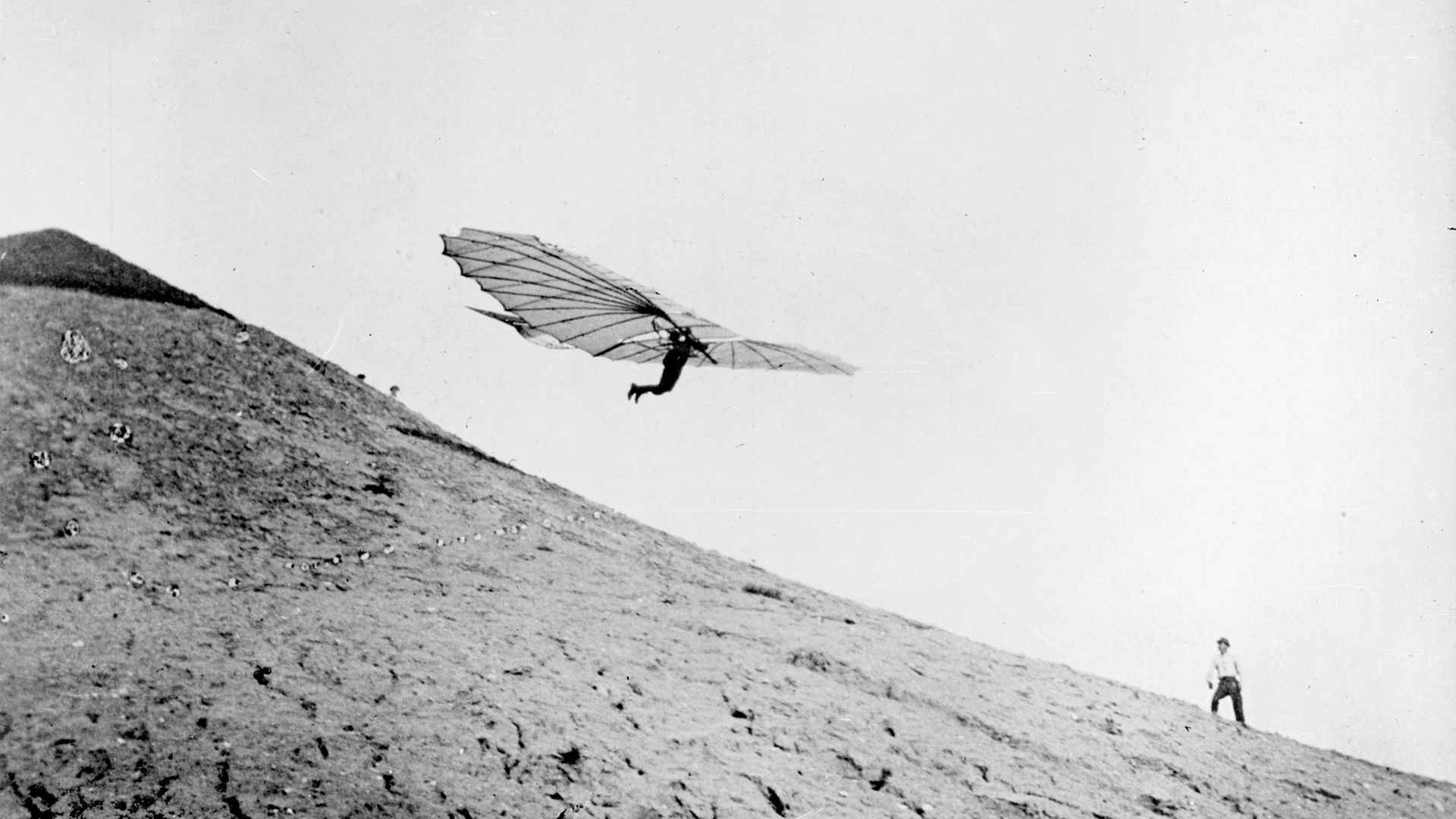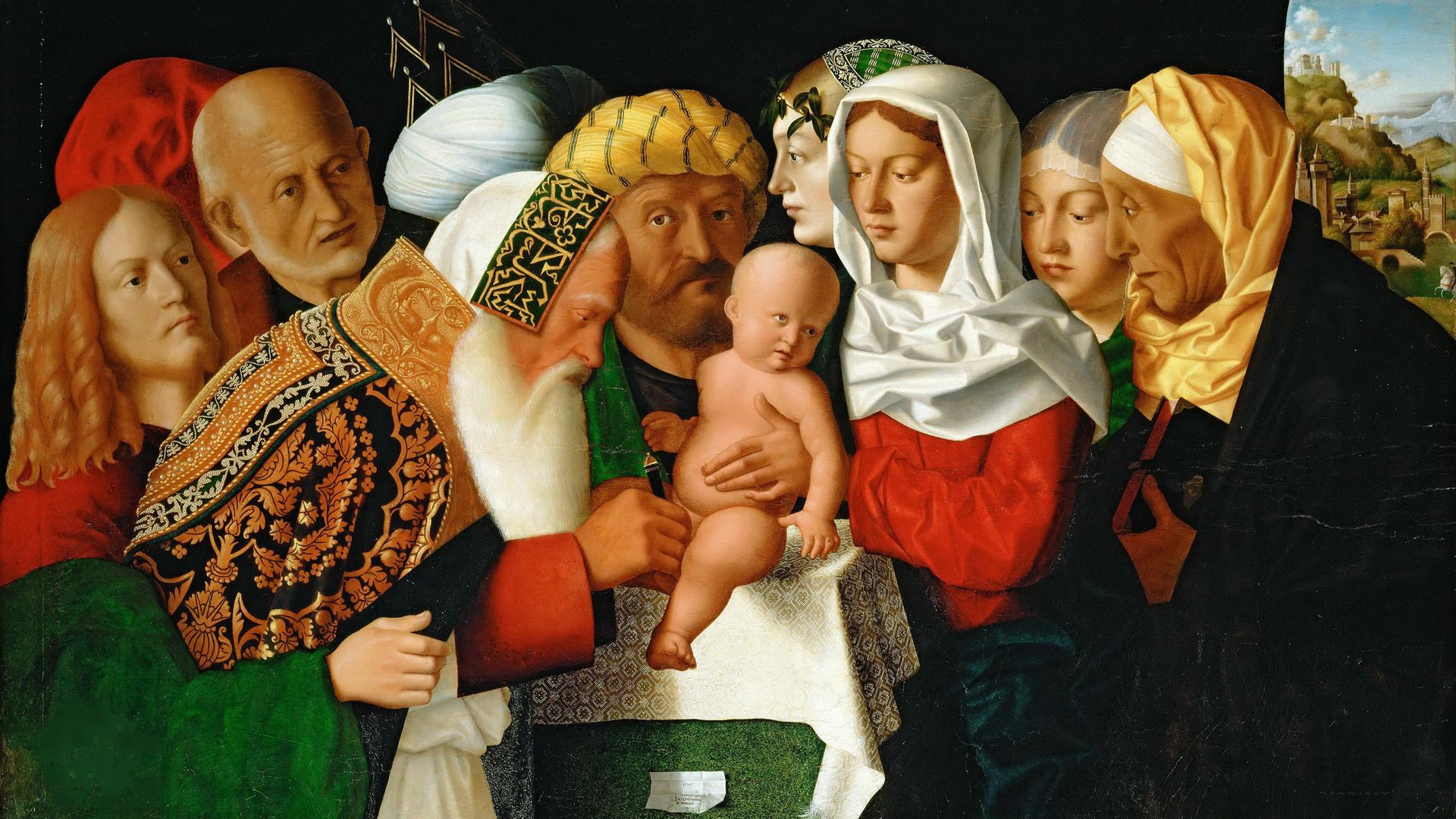Otto Lilienthal grew up under a big sky. As a boy, with his brother Gustav he’d wander the marshy land between the Baltic Sea and his home town of Anklam, close to the modern border between Germany and Poland, and look up. On summer days they could be out there from dawn until dark, overwhelmed by the canopy above the flatlands, bewitched by the uninterrupted horizon, awestruck by the immensity of it all.
Up there were no borders, no laws, no petty territorial bureaucracy. The longer Lilienthal spent admiring the sky the more ridiculous it seemed that the human race was attached so firmly to the ground. No wonder they squabbled over territory; compared to the boundless realm above there was so very little of it to go round.
“I have made it a lifelong task of mine to add a cultural element to my work, which should result in uniting countries and reconciling their people,” he wrote many years later. “Our experience of today’s civilisation suffers from the fact that it only happens on the surface of the earth. We have invented barricades between our countries, customs regulations, constraints and complicated traffic laws. These are only possible because we are not in control of the kingdom of the air; are not as free as a bird.”
The birds captivated him. On those endless marsh days he would watch the swifts, lapwings and plovers soaring and swooping, carefree and graceful with an ease he envied. He was fascinated by the storks in particular, their wings keeping them aloft with an effort so minimal it seemed to defy reason that they stayed in the air at all.
Where most would have merely sighed in wonder at the magic of it all, Otto Lilienthal grappled with the physics. Qualifying as an engineer he made it his life’s work to deconstruct the magical science of bird flight and understand how humans might also harness the freedom of the sky.
Decades of study and observation led to more than 2,000 flights of his own in contraptions of his own design and construction. Until the Wright Brothers nobody did more than Lilienthal to ensure human beings could take flight in machines heavier than air.
His belief that the skies were an unsullied utopia helped to drive him on. There was peace up there, the kind of peace this man born in a year when Europe erupted in violent revolution couldn’t imagine on the ground.
Lilienthal enlisted for the Franco-Prussian war and took part in the four-month Siege of Paris over the winter of 1870-71. Camped in front of the barricades, he found such pointless attrition over a few square miles of land exasperating. One day, he’d tell his comrades looking to the heavens, men will be up there, flying like the birds without a care for barricades and walls.
He’d watch as balloons carrying letters and messages from the besieged city drifted skyward to be carried off by the wind, reminding Lilienthal of the stories he’d grown up with of Italian balloon pioneer Francesco Zambeccari.
Yet Lilienthal didn’t believe balloons were the future. In a balloon you were almost completely at the mercy of the air, you went where the wind wanted you to go. Lilienthal envisaged more than that, machines that made use of the air rather than submitted to it.
“I have always regarded the balloon and the exclusive attention it has long enjoyed as a hindrance rather than a help to the development of the art of flight,” he said in 1894. The key, he was certain, lay with the birds. From childhood expeditions on the marshes to endless weeks encamped on the outskirts of Paris he was convinced that if humans were ever to leave the confines of the ground they would need to learn the secret of bird flight.
Fired by a combination of scientific curiosity and having witnessed first-hand the madness of killing in the name of territory, when he left the army Lilienthal threw himself into researching avian flight.
In 1889 he published Bird Flight as the Basis for Aviation, the result of two decades of work and the first serious investigation of wing aerodynamics. With Gustav he built models of winged aircraft, contraptions based on his observations of storks in particular, that were tested extensively and adjusted meticulously until by the turn of the 1890s Lilienthal was ready to take to the air himself.
His first significant flight was made in Brandenburg in 1891 in a machine he called the Derwitzer. Effectively a two-winged hang glider with a span of 25 feet that Lilienthal wore like a harness, the Derwitzer lifted its creator from the lip of a hill and carried him through the air, legs dangling, before depositing him gently but firmly onto the ground some 82ft from where he began.
“No-one can realise how substantial the air is until he feels its supporting power beneath him,” he said of the exhilaration of flight.
“That day in 1891 when Lilienthal travelled his first 15 metres in the air,” said pioneering French aviator Ferdinand Ferber a few years later, “that was the moment when people could fly.”
So keen was Lilienthal to capitalise on this success that in 1894 he constructed an artificial hill 50ft high near his home in Lichterfelde, now a part of Berlin, conical so that he could undertake test flights into the wind wherever it came from. He called it Fliegeberg, the Hill of Flight, at the foot of which crowds would gather to watch him launch himself into the air and be carried, by 1894, as far as 270 yards.
By 1896 Lilienthal was a veteran of the air honing his gliders towards the perfection he sought. One bright summer’s afternoon he was making his third flight of the day when a sudden gust of wind forced his machine sharply upwards dropping it nose-first to the ground, breaking the neck of its pilot.
Lilienthal survived the crash, just, but had only a few hours to live. He opened his eyes briefly on the horse-drawn carriage that took him to a nearby railway station for a train to a Berlin hospital. Laying on his back, looking upwards as he’d done so often as a boy, the last thing Otto Lilienthal saw of the world was a vast blue sky filled with birds.




